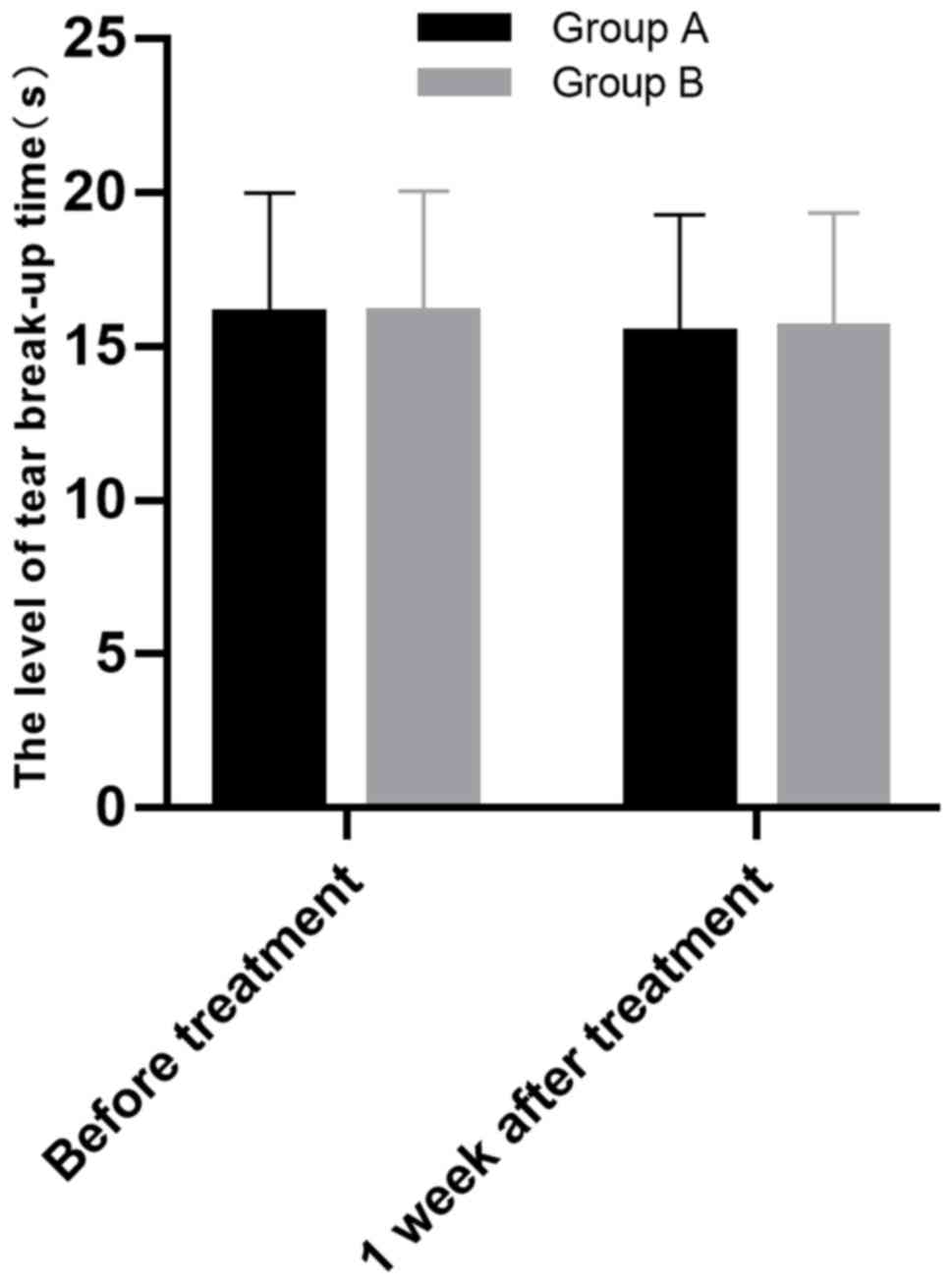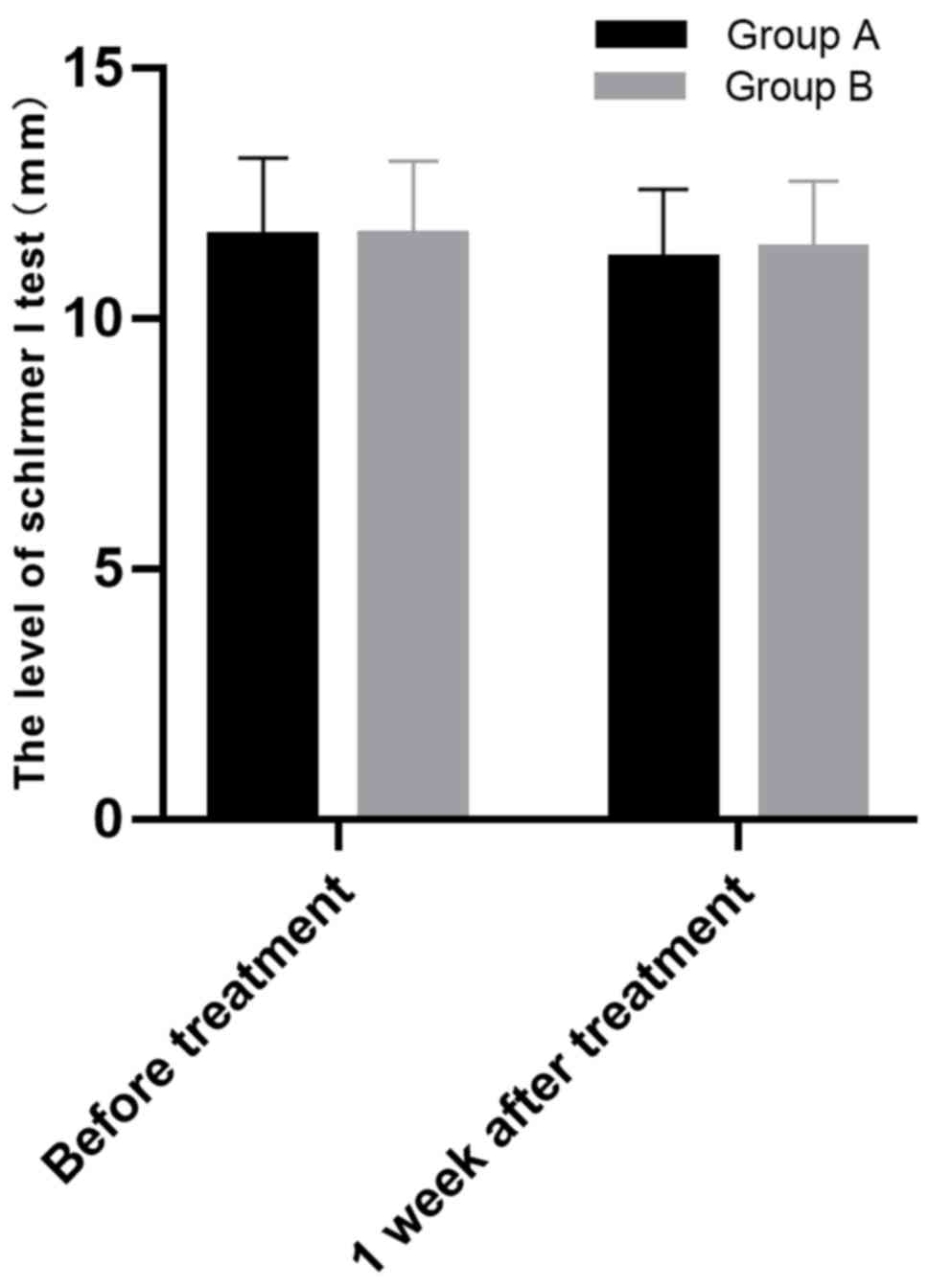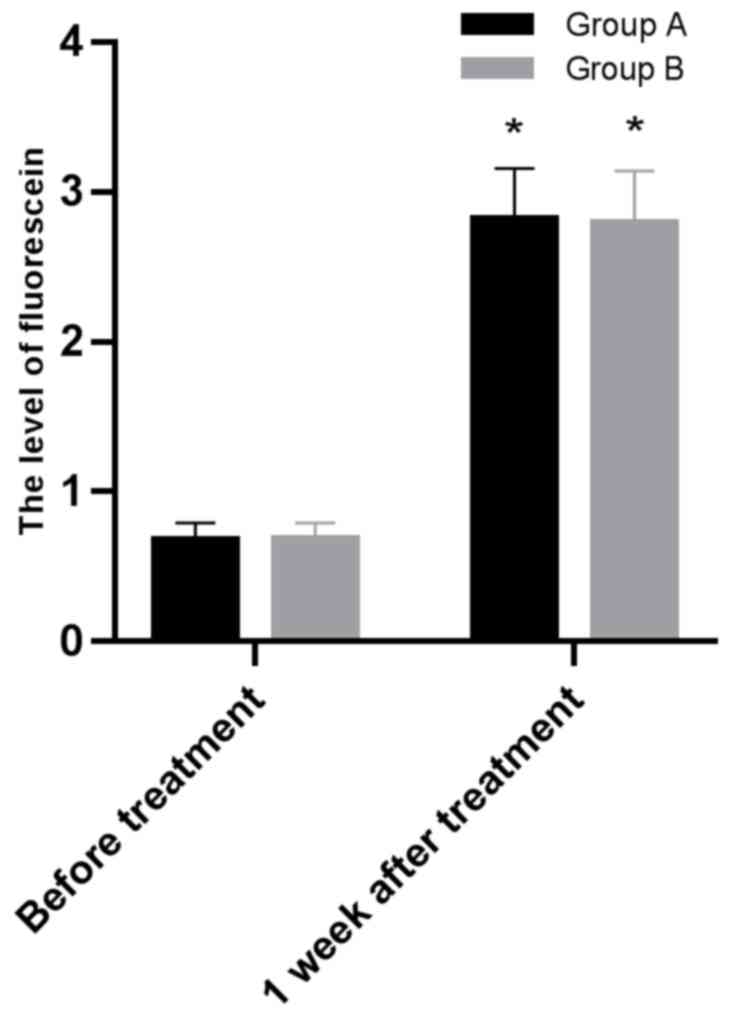|
1
|
Salman MS and Clark IH: Eyelid retraction
in isolated unilateral congenital blepharoptosis. Front Neurol.
8(190)2017.PubMed/NCBI View Article : Google Scholar
|
|
2
|
Lee JH and Kim YD: Surgical treatment of
unilateral severe simple congenital ptosis. Taiwan J Ophthalmol.
8:3–8. 2018.PubMed/NCBI View Article : Google Scholar
|
|
3
|
Allard FD and Durairaj VD: Current
techniques in surgical correction of congenital ptosis. Middle East
Afr J Ophthalmol. 17:129–133. 2010.PubMed/NCBI View Article : Google Scholar
|
|
4
|
Matayoshi S, Pereira IC and Rossato LA:
Surgical treatment of congenital blepharoptosis. Rev Bras Oftalmol.
73:202–209. 2014.
|
|
5
|
Vyas KS, Kim U, North WD and Stewart D:
Frontalis sling for the treatment of congenital ptosis. Eplasty.
16(ic12)2016.PubMed/NCBI
|
|
6
|
Quaranta-Leoni FM, Sposato S, Leonardi A,
Iacoviello L and Costanzo S: Timing of surgical correction for the
treatment of unilateral congenital ptosis: Effects on cosmetic and
functional results. Orbit. 36:382–387. 2017.PubMed/NCBI View Article : Google Scholar
|
|
7
|
Zhou F, Ouyang M, Ma D, Liu G and Cheng H:
Combined surgery for simultaneous treatment of congenital ptosis
and coexisting strabismus. J Pediatr Ophthalmol Strabismus.
54:288–294. 2017.PubMed/NCBI View Article : Google Scholar
|
|
8
|
Paik JS, Kim SA, Park SH and Yang SW:
Refractive error characteristics in patients with congenital
blepharoptosis before and after ptosis repair surgery. BMC
Ophthalmol. 16(177)2016.PubMed/NCBI View Article : Google Scholar
|
|
9
|
Mokashi AA, Stead RE and Abercrombie LC:
Brow suspension using 3-0 Prolene. Eye (Lond).
25(819)2011.PubMed/NCBI View Article : Google Scholar
|
|
10
|
Arajy ZY: Open loop fascial sling for
severe congenital blepharoptosis. J Craniomaxillofac Surg.
40:129–133. 2012.PubMed/NCBI View Article : Google Scholar
|
|
11
|
Farahat HG, Badawi NM, Mandour SS and Nage
SA: Comparison of fasica lata and prolene suture in frontalis
suspension surgery: Frontalis muscle suspension. Menoufia Med J.
30(502)2017.
|
|
12
|
Ahn TJ, Kim JH, Lee EI, Lew DH, Kim NH,
Park RH, Kim KT and Song SH: Nonincisional conjoint fascial sheath
suspension: A novel technique for minimally invasive blepharoptosis
correction. Ann Plast Surg. 79:334–340. 2017.PubMed/NCBI View Article : Google Scholar
|
|
13
|
Pan E, Yu J, Zhang S, Nie Y and Li Q:
Retrospective analysis of the effect of Hering's law on outcomes of
surgical correction of ptosis. Ann Plast Surg. 80:242–244.
2018.PubMed/NCBI View Article : Google Scholar
|
|
14
|
Hwang K, Shin YH and Kim DJ: Conjoint
fascial sheath of the levator and superior rectus attached to the
conjunctival fornix. J Craniofac Surg. 19:241–245. 2008.PubMed/NCBI View Article : Google Scholar
|
|
15
|
Sokol JA, Thornton IL, Lee HB and Nunery
WR: Modified frontalis suspension technique with review of large
series. Ophthalmic Plast Reconstr Surg. 27:211–215. 2011.PubMed/NCBI View Article : Google Scholar
|
|
16
|
Holmström H and Santanelli F: Suspension
of the eyelid to the check ligament of the superior fornix for
congenital blepharoptosis. Scand J Plast Reconstr Surg Hand Surg.
36:149–156. 2002.PubMed/NCBI View Article : Google Scholar
|
|
17
|
Zuo L, Wang XX, Huang XY, Zhang JL and Du
YY: A modified levator resection technique involving retention of
the levator palpebrae superioris muscle suspension system for
treatment of congenital ptosis. Aesthetic Plast Surg. 41:856–862.
2017.PubMed/NCBI View Article : Google Scholar
|
|
18
|
Yadav C, Saini A and Maji PK: Energy
efficient facile extraction process of cellulose nanofibres and
their dimensional characterization using light scattering
techniques. Carbohydr Polym. 165:276–284. 2017.PubMed/NCBI View Article : Google Scholar
|
|
19
|
Farooq SM and Wani EA: Frontalis sling
surgery: Silicon rod versus autogenous fascia lata in congenital
ptosis. Int J Med Sci Public Health. 5(6)2016.
|
|
20
|
Lee YJ and Park DD: Frontalis transfer and
closed silicone rod frontalis suspension. Aesthetic Plast Surg.
22:3–9. 2016.
|
|
21
|
Wilson ME and Johnson RW: Congenital
ptosis. Long-term results of treatment using lyophilized fascia
lata for frontalis suspensions. Ophthalmology. 98:1234–1237.
1991.PubMed/NCBI
|
|
22
|
Lin W, Xu Y and Ye FL: Comparative study
on conjoint fascial sheath suspension and levator muscle resection
for moderate or severe congenital ptosis. Int Eye Sci.
16:1193–1195. 2016.
|
|
23
|
Zhao YN, Ge HG and Shen QL: Comparative
study on conjoint fascial sheath suspension and the simple
frontalis muscle suspension for moderate or severe ptosis. Int Eye
Sci. 17:1790–1792. 2017.
|
|
24
|
Xin LI, Lu MT, Jiang Y, Zhou WK, Zheng YM,
Wu HY and Zhang L: Clinical study on conjoint fascial sheath
suspension in the treatment of moderate and severe ptosis. J Reg
Anat Operative Surg. 27:333–336. 2018.
|
|
25
|
Zhang F, Sun Y and Liu L: Clinical
efficacy of conjoint fascial sheath of the levator and superior
rectus attached to conjunctival fornix suspension surgery in
treatment of severe blepharoptosis. Chin J Med Aesthet Cosmetology.
23:399–401. 2017.
|
|
26
|
Zhang D, Guo B and Cai W: Effect of
frontal muscle aponeurosis flap suspension surgery for severe
congenital ptosis in children. Minerva Pediatr. 71:358–361.
2019.PubMed/NCBI View Article : Google Scholar
|
|
27
|
Ma L, Mu X, Wang J and Liu H: Conjoint
fascia sheath suspension for treatment of moderate to severe ptosis
of the upper eyelid and observation of postoperative upper eyelid
movement. Int J Clin Exp Med. 11:12531–12538. 2018.
|
|
28
|
Zhu T, Ye X, Xu P, Wang J, Zhang H, Ni H,
Su Z and Ye J: Changes of corneal tomography in patients with
congenital blepharoptosis. Sci Rep. 7(6580)2017.PubMed/NCBI View Article : Google Scholar
|

















